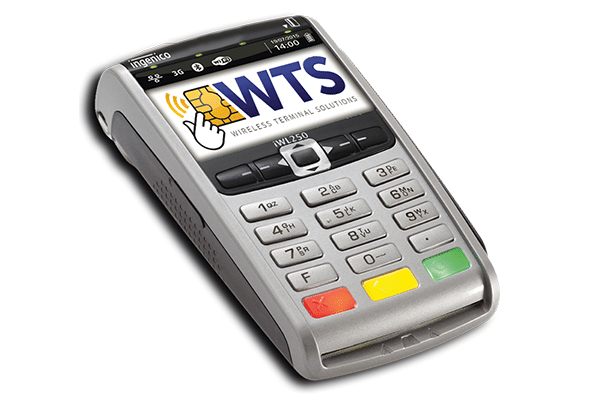

- #Black and white wireless credit card terminal software#
- #Black and white wireless credit card terminal free#

Guidance for PCI DSS Scoping and Segmentation Opens a new window in the PCI Document Library. If this is the first time you've looked into PCI Compliance in a big way, you could do worse than start here Point To Point Encryption Solutions Opens a new window.Payment Applications Opens a new window.Approved PTS devices Opens a new window.
#Black and white wireless credit card terminal software#
If you don't already know, you can search for the versions of payment devices, software and suppliers on the PCI SSC site Opens a new window To make your life easier if you do undergo a compliance audit by a QSA, your organisation needs to obtain Attestation Of Compliance documentation for your payment applications and POS solution and ensure it matches that held by the PCI SSC (PCI Security Standards Council).
#Black and white wireless credit card terminal free#
One of the keys to obtaining and maintaining PCI Compliance is keeping as much of your network out of scope, to make your life as pain free as possible. Working for a tier 1 retailer in the UK, PCI DSS can be a constant headache. Look here for more info: Opens a new window While not all of this is IT's responsibility, it is a good idea to be on the committee for everything PCI at your employer. The layout you specify in your post is a good start, however PCI encompasses a few other things, such as physical security and having procedures in place in case of breach. Also, while a POTS line could process a transaction in a reasonable amount of time, with todays cards embedded with EMV chips, the amount of data that needs to be transmitted is much larger, causing EMV transactions over POTS to take FOREVER. While a POTS line could be tapped easily, SSL communication is more complex to intercept. The main advantages of IP signaling include security and speed. Other methods include via 4G (which is still IP) and satellite communication for remote areas. It is just like any other SSL traffic on your net, except it is talking to a specific IP address specified by your processor. The second method (and by far the best option today) is to utilize TCP/IP to communicate with the processor.

It works much like a fax machine, calling a processor PSTN number and relaying signals encoded much like fax. The most popular historic method is via a POTS telephone line. A payment terminal (CC machine, ATM, etc.) contacts the payment processor (may or may not be your bank) via several available methods. I am not sure if this was covered earlier because I did not read all replies, but there is a common misconception I am seeing reading through the first page of replies.


 0 kommentar(er)
0 kommentar(er)
